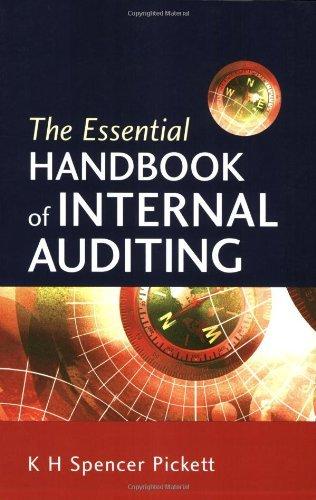Answered step by step
Verified Expert Solution
Question
1 Approved Answer
1) Using profitability ratios discuss why ROE is so much higher for Nike? 2) Discuss how the two companies compare in asset efficiency? 3) Write

1) Using profitability ratios discuss why ROE is so much higher for Nike?
2) Discuss how the two companies compare in asset efficiency?
3) Write what ratio best indicates the companies ability to pay interest and discuss why one or the two companies has this ratio so much higher?
Difference Under Armour 12/31/2016 -0.72 Nike 5/31/2017 (millions) 10,587 2.9341 2.4962 9.93 0.10 3.85 96.05 9 9.30 13.14 0.47 0.87 83.81 1.15 0.34 0.12 0.45 Liquidity Ratio 1 Working Capital 2 Current Ratio 3 Quick Ratio (Acid-Test) 4 Accounts Receivable Turnover 5 Average Days to Collect Accounts Receivable (A/R Turnover in Days) 6 Inventory Turnover 7 Average Days to Sell Inventory (Days Outstanding or Held in Inventory) 8 Accounts Payable Turnover 9 Accounts Payable Turnover in Days 10 Operating Cycle 11 Debt to Assets Ratio (Debt Ratio) 12 Debt to Equity Ratio 13 Number of times interest is earned (Interest Coverage) 14 Plant Assets to Long-term liabilities 15 Operating Cash Flows/Total Liabilities 16 Net Margin (Net Profit Margin) 17 Gross Profit Margin 18 Total Asset Turnover 19 Return on Equity 20 Return on Investment 21 Financial Leverage 2,958 5.3120 1.2726 8.99 40.62 3.14 116.20 40.06 123.95 0.44 0.79 16.68 0.87 -7629.00 2.38 -1.22 -0.95 40.52 -0.71 20.15 0.03 30.76 110.81 -0.02 -0.08 -67.13 -0.28 -0.15 -0.08 0.02 -0.06 -0.24 -0.21 0.50 0.81 -0.49 -0.10 408.23 -0.18 0.21 0.00 3.31 8.43 -0.05 -0.09 -0.80 -0.25 -0.44 -0.67 0.05 -0.04 -0.69 -0.78 0.40 0.19 1.54 0.04 0.47 1.48 0.11 0.06 1.76 0.34 0.27 1.26 Difference Under Armour 12/31/2016 -0.72 Nike 5/31/2017 (millions) 10,587 2.9341 2.4962 9.93 0.10 3.85 96.05 9 9.30 13.14 0.47 0.87 83.81 1.15 0.34 0.12 0.45 Liquidity Ratio 1 Working Capital 2 Current Ratio 3 Quick Ratio (Acid-Test) 4 Accounts Receivable Turnover 5 Average Days to Collect Accounts Receivable (A/R Turnover in Days) 6 Inventory Turnover 7 Average Days to Sell Inventory (Days Outstanding or Held in Inventory) 8 Accounts Payable Turnover 9 Accounts Payable Turnover in Days 10 Operating Cycle 11 Debt to Assets Ratio (Debt Ratio) 12 Debt to Equity Ratio 13 Number of times interest is earned (Interest Coverage) 14 Plant Assets to Long-term liabilities 15 Operating Cash Flows/Total Liabilities 16 Net Margin (Net Profit Margin) 17 Gross Profit Margin 18 Total Asset Turnover 19 Return on Equity 20 Return on Investment 21 Financial Leverage 2,958 5.3120 1.2726 8.99 40.62 3.14 116.20 40.06 123.95 0.44 0.79 16.68 0.87 -7629.00 2.38 -1.22 -0.95 40.52 -0.71 20.15 0.03 30.76 110.81 -0.02 -0.08 -67.13 -0.28 -0.15 -0.08 0.02 -0.06 -0.24 -0.21 0.50 0.81 -0.49 -0.10 408.23 -0.18 0.21 0.00 3.31 8.43 -0.05 -0.09 -0.80 -0.25 -0.44 -0.67 0.05 -0.04 -0.69 -0.78 0.40 0.19 1.54 0.04 0.47 1.48 0.11 0.06 1.76 0.34 0.27 1.26
Step by Step Solution
There are 3 Steps involved in it
Step: 1

Get Instant Access to Expert-Tailored Solutions
See step-by-step solutions with expert insights and AI powered tools for academic success
Step: 2

Step: 3

Ace Your Homework with AI
Get the answers you need in no time with our AI-driven, step-by-step assistance
Get Started


